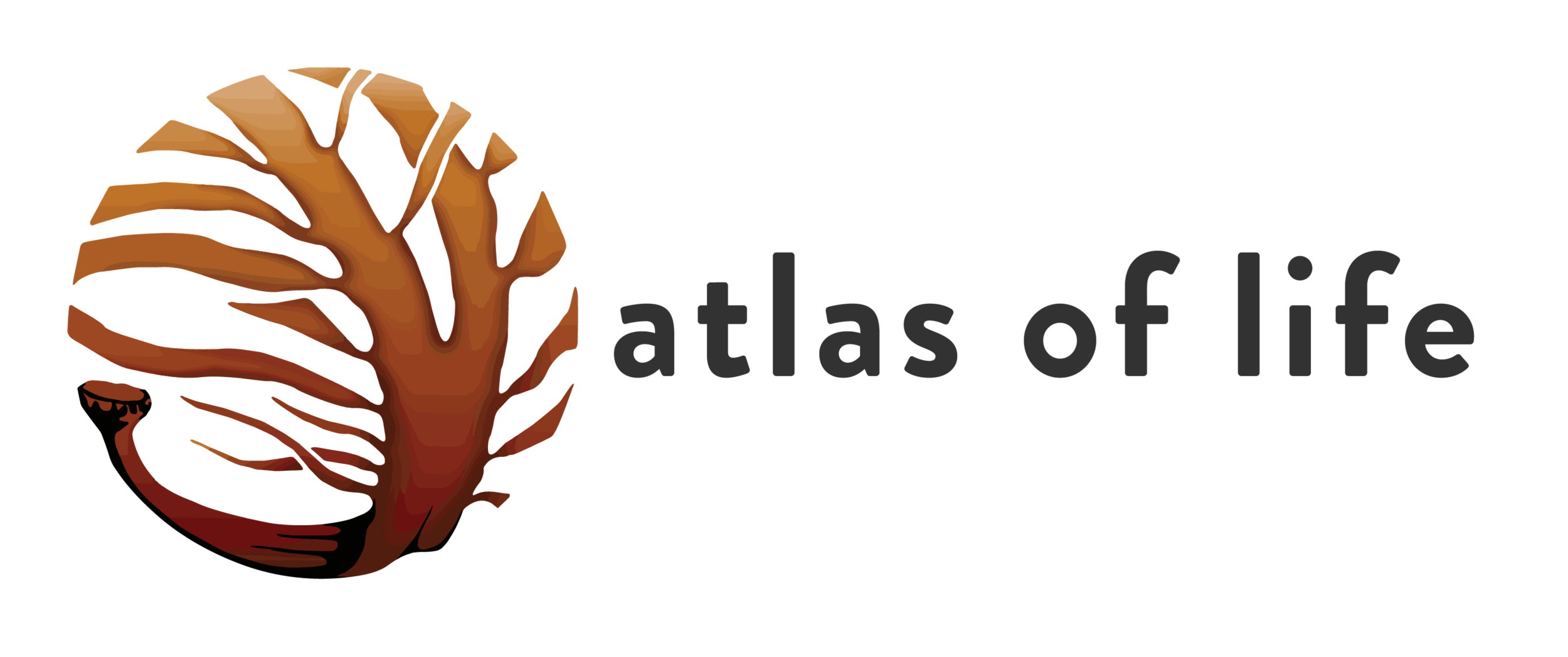Great Southern Bioblitz
October 22 - 25th- A great success
This is the second year of the Great Southern Bioblitz when everybody in the Southern Hemisphere was invited to go out and record all the species they could find.
All sightings are recorded on our database platform iNaturalist, which everyone uses all round the world.
Results so far! Atlas of Life sightings: 1,428 observations of 646 species, 176 Identifiers - many thanks to you all! from 68 Observers Well done everyone - a splendid effort and a lot of fun - we must do it again next year……..
Atlas activities during the Bioblitz:
Parrot Prizes - especially for parrots, prizes for best sighting of Gang-gangs and Glossy black cockatoos
Friday 22nd Panboola nature walk
Shake a tree
Saturday 23rd Towamba Cemetery - part of our “Life in our Cemeteries” project
Saturday 23rd evening - Moth hunt - put a white sheet under an outside light and see what came
Sea Slug Census - exploring rock pools, estuaries and snorkelling spots - Spencer Park low tide Friday
This year between the 22-25th October, Australia and 14 other countries joined in the largest scale citizen science biodiversity survey in the southern hemisphere! 250+ places, from Fiji to Brazil, South africa and all across Australia, including the Bega Valley signed up to participate.
Using the iNaturalist platform, the Great Southern Bioblitz (GSB) is an annual opportunity to participate in a large, global biodiversity survey. Until recently these bioblitzes have always been centered in the northern hemisphere during their springtime, meaning that those of us south of the equator and coming into winter didn’t always have the greatest amount of biodiversity on show! So the GSB was born from the desire to have a springtime survey of biodiversity for us, down south, during a time of year we know is abounding with emerging life.
Flowers are blooming, insects take wing, and birds call for mates. Each time an observation is made, it is identified and used as a data point for that species, existing in that place, at that time. A valuable piece of scientific data which can be accessed for all sorts of important biological research.
We had a special focus on Parrots this year - partly because we love them and partly because we need every sighting we can get of them. We are running a “Gang-gang nesting” project and we are also especially looking out for glossy Black cockatoos. Both of these species are now threatened and we are keen to find out how many are living in our area, especially after the fires. There will be Parrot Prizes for the best images of these two species and we will organise an exhibition of some great parrot images from the database later. Here is a link to the Parrots Page in our iNaturalist database, and thanks to Liz allen, Leo Berzins, Max Campbell, Monica Hicks, Hilforest, Mick Bettanin and Joy Georgeson for all the pictures in this gallery. We are keen to know what parrots are feeding on, so if you get a good sighting, add it to the “Hungry Parrots” project
Here is Claudia Schipp’s advice on photographing mini beasts with your smartphone: https://greatsouthernbiobl.wixsite.com/website/post/photographing-minibeasts-with-your-smartphone
We dodged the showers and has a very successful Bioblitz at Towamba Cemetery on Saturday 23rd. This event had been postponed because of Covid restrictions, so we were really pleased to be able to hold it as part of the GSB.
The Towamba Cemetery Bioblitz is part of our long term, “Life in our Cemeteries” project which we are undertaking as partners with BVSC. We will be visiting all the cemeteries in Bega Valley over the next 3 years, so do join us. if you are interested please register here:
Sunday was Sea Slug Census day, a day to get out and search our rockpools and estuaries all along the coast for Sea Slugs to add to the GSB count. Or the first snorkel or dive of the Spring. See what we found: molluscs (there are too many taxa that cover sea slugs - so here are all the molluscs)
Last year was the first time the Great Southern Bioblitz was run. The organisers of the were astounded by the participation in this project last year. Their humble expectations of perhaps just a few locations around Australia getting involved were blown away, with many more people from around the world joining in to observe their local biodiversity.
They are promoting the idea of backyard biodiversity surveys. Given the ongoing global pandemic we all place participant safety as a priority. The beauty of the GSB is that you can participate when restrictions are in place, and long distance travel is not possible. You could do it either solo or in a group. All that was needed is an iNaturalist account, a device to take photos of wildlife, and all the enthusiasm you could muster.
To find out more information about this project, please visit https://greatsouthernbiobl.wixsite.com/website.
The Atlas of Life Coastal Wilderness and Budawang Coast joined in special activities like a “moth night”, a day with frog calls targeted and our popular Sea Slug Census was another species group targeted across the southern hemisphere. Watch out for latest news on our website and Facebook page.





















